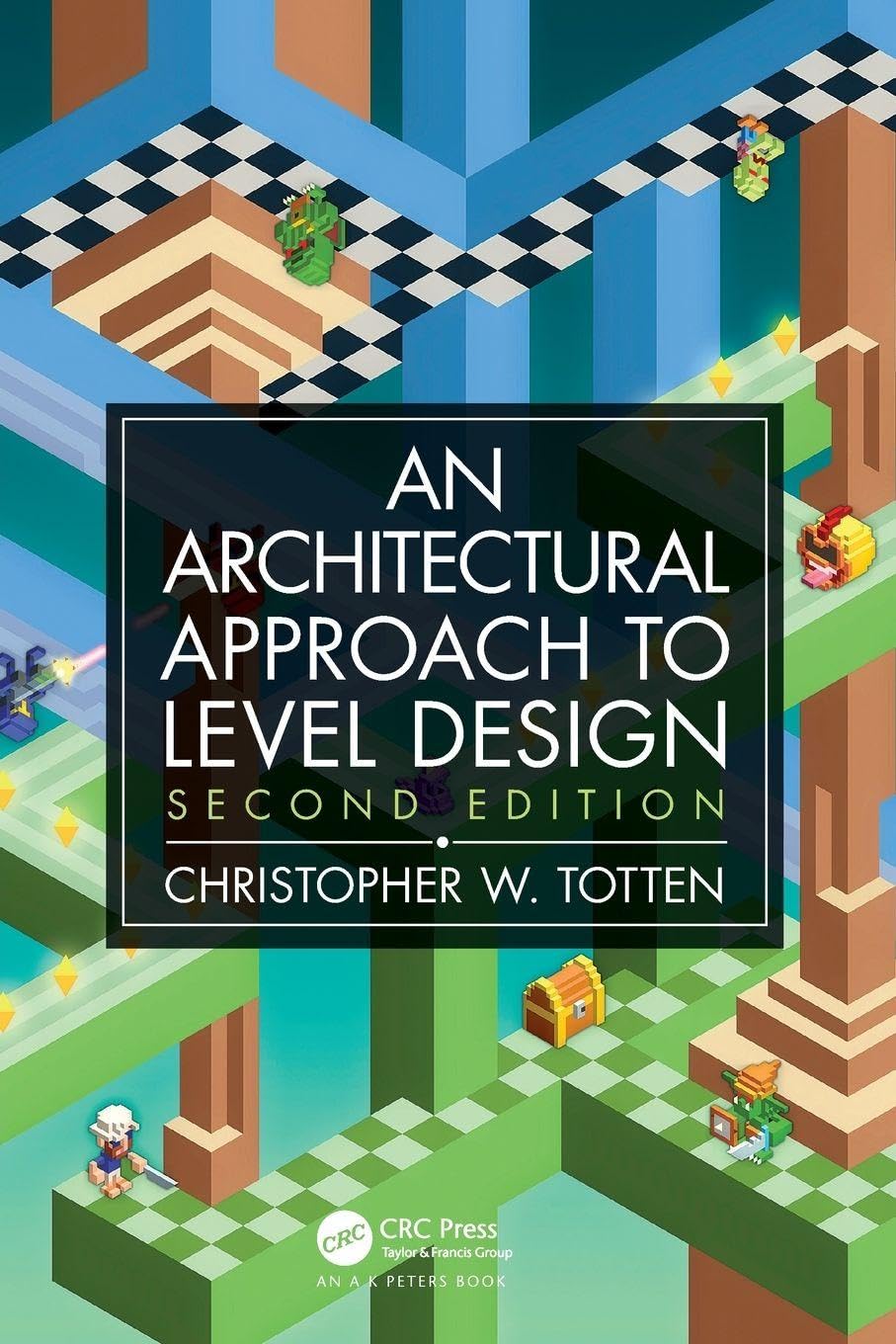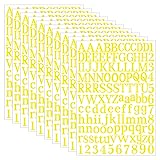All Categories


An Architectural Approach to Level Design: Second edition
Share Tweet
Get it between 2025-10-28 to 2025-11-04. Additional 3 business days for provincial shipping.
*Price and Stocks may change without prior notice
*Packaging of actual item may differ from photo shown
- Electrical items MAY be 110 volts.
- 7 Day Return Policy
- All products are genuine and original
- Cash On Delivery/Cash Upon Pickup Available








About An Architectural Approach To Level Design: Second
Written by a game developer and professor trained in architecture, An Architectural Approach to Level Design is one of the first books to integrate architectural and spatial design theory with the field of level design. It explores the principles of level design through the context and history of architecture. Now in its second edition, An Architectural Approach to Level Design presents architectural techniques and theories for you to use in your own work. The author connects architecture and level design in different ways that address the practical elements of how designers construct space and the experiential elements of how and why humans interact with that space. It also addresses industry issues like how to build interesting tutorial levels and how to use computer-generated level design systems without losing the player-focused design of handmade levels. Throughout the text, you will learn skills for spatial layout, evoking emotion through gamespaces, and creating better levels through architectural theory. FEATURES Presents case studies that offer insight on modern level design practices, methods, and tools Presents perspectives from industry designers, independent game developers, scientists, psychologists, and academics Explores how historical structures can teach us about good level design Shows how to use space to guide or elicit emotion from players Includes chapter exercises that encourage you to use principles from the chapter in digital prototypes, playtesting sessions, paper mock-ups, and design journals Bringing together topics in game design and architecture, this book helps you create better spaces for your games. Software independent, the book discusses tools and techniques that you can use in crafting your interactive worlds.




 (1)
(1)
























